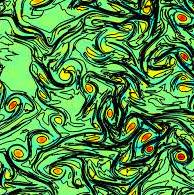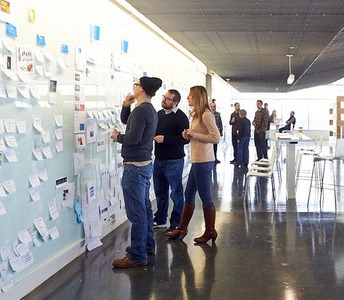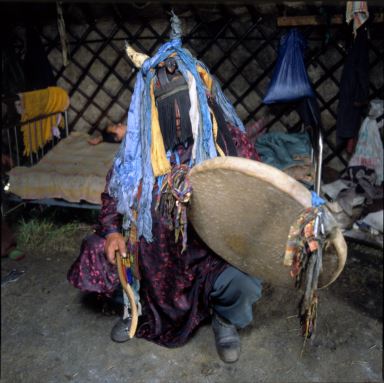This interesting article ‘AI is now learning to evolve like earthly lifeforms‘ provides some insight about advances in AI algorithm development. Researches are trying to find the most effective way for algorithms to go through the process of natural evolution. And this provides interesting learning about our natural world.

The interest of this research is of course also to enlighten our understand of the principles of natural evolution, and how to keep its cost low (as it requires many trials for very few successful variants). “In their new work, the researchers at Stanford aim to bring AI research a step closer to the real evolutionary process while keeping the costs as low as possible. “Our goal is to elucidate some principles governing relations between environmental complexity, evolved morphology, and the learnability of intelligent control,” they write in their paper.“
It involves the simulation of robotic agents in an environment, with some evolution algorithm for the AI algorithm driving the creatures.
Interesting results include: “validating the hypothesis that more complex environments will give rise to more intelligent agents“, and “in line with another hypothesis by DeepMind researchers that a complex environment, a suitable reward structure, and reinforcement learning can eventually lead to the emergence of all kinds of intelligent behaviors.”
Teaching AI algorithms how to evolve provides interesting insights. The fact that more complex environments will give rise to more intelligent agents is definitely a key insight into life’s evolution.











